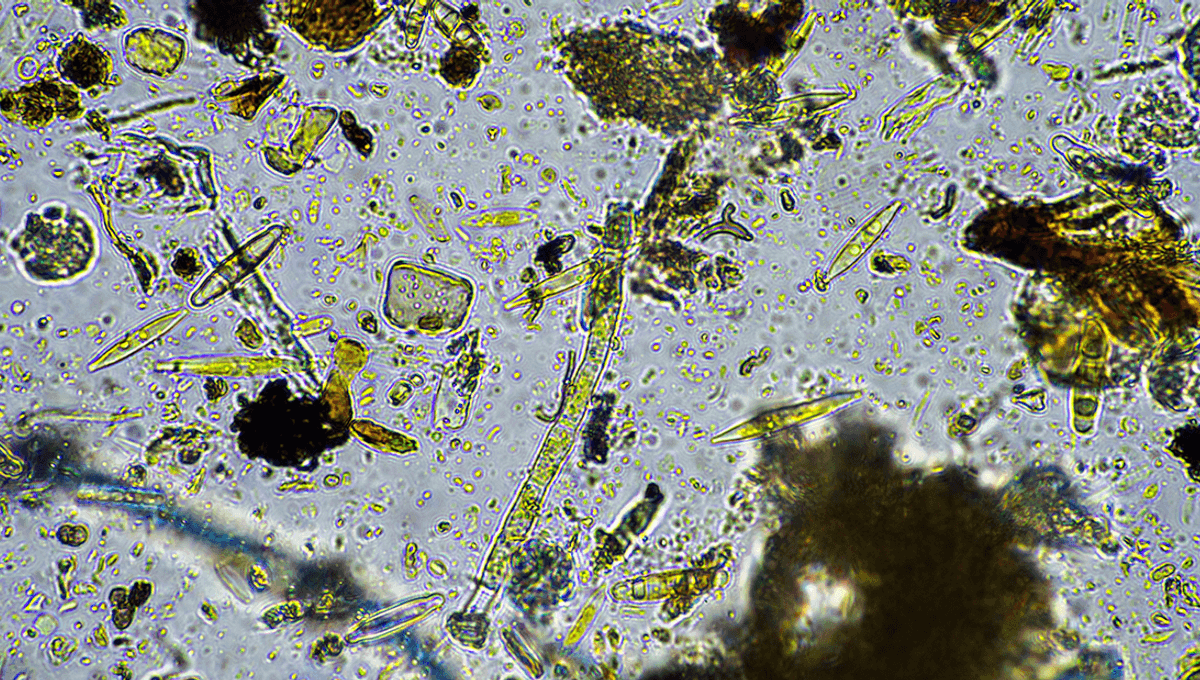
A new study has found an entire new primary category of microbes hidden within Earth’s Critical Zone, sometimes referred to as the planet’s “living skin”.
Back in the 16th century, Leonardo da Vinci once said, “We know more about the movement of celestial bodies than about the soil underfoot,” and that’s a sentence which – despite mysteries such as dark matter and dark energy – is probably still true today. But there are scientists working on rectifying that, including a team of microbiologists from Michigan State University.
In a new study, they attempted to take a look at the microbial population within the Critical Zone, taking soil samples from depths of up to 21 meters (70 feet) from Iowa, USA, and China.
“The Critical Zone extends from the tops of trees down through the soil to depths up to 700 feet [213 meters],” James Tiedje, an expert in microbiology at Michigan State University, explained in a statement. “This zone supports most life on the planet as it regulates essential processes like soil formation, water cycling and nutrient cycling, which are vital for food production, water quality and ecosystem health. Despite its importance, the deep Critical Zone is a new frontier because it’s a major part of Earth that is relatively unexplored.”
Looking at these soils – taken from areas chosen for their deep and similar soils – and examining their microbes, the team found a whole new primary category of microbe, dubbed CSP1-3. Extracting DNA from these soils and profiling it, the researchers discovered that their ancestors lived in hot springs and freshwater millions of years ago, before colonizing the “dark forest” of Earth’s Critical Zone.
“Most people would think that these organisms are just like spores or dormant,” Tiedje said. “But one of our key findings we found through examining their DNA is that these microbes are active and slowly growing.”
Rather than this new class of microbes being a rarity, the team found that they dominated their environment. In fact, in some cases, they made up over 50 percent of the microbe population, which is something that you never see in top soil.
“I believe this occurred because the deep soil is such a different environment, and this group of organisms has evolved over a long period of time to adapt to this impoverished soil environment,” Tiedje added.
According to the team’s work, up to 50 percent of the cells in CSP1-3 are actively replicating. So how are they surviving and thriving in this unusual environment? Essentially by scavenging the carbon and nitrogen that has filtered down through the top soil.
“All members of deep soil lineages are likely slow-growing mixotrophs. These organisms are capable of synthesizing trehalose, an energy storage compound that assists bacteria in coping with extreme environments such as resource-limited conditions,” the team explains in their paper.
“Additionally, members of CSP1-3 phylum have multiple mechanisms to increase ATP yield, including trace gas oxidation, heterotrophic fermentation, and utilization of inorganic substrates as alternative terminal electron acceptors. This is another feature that may allow these deep soil microbes to persist during oligotrophic and oxygen-limited periods. It is noteworthy that all members within CSP1-3 phylum have the capability for aerobic CO oxidation, a mechanism that has been shown to enhance bacterial survival during nutrient limitation.”
The researchers now plan on studying CSP1-3 further, attempting to grow the microbes in the lab. This is far from easy, as their environment is difficult to replicate. Nevertheless, they are trying to grow the bacteria in (amongst other variables) high temperatures, aimed at replicating the hot springs they evolved in. As well as learning about a whole new class of microbe, further study could have other benefits for humans and nature.
“CSP1-3’s physiology, driven by their biochemistry is different, so there may be some interesting genes of value for other purposes,” Tiedje said. “For example, we don’t know their capacities for metabolizing tough pollutants and, if we could learn that, we can help solve one of Earth’s most pressing problems.”
The study is published in the Proceedings of the National Academy of Sciences.
Source Link: "Living Skin": New Category Of Microbes Found To Dominate Earth's Critical Zone